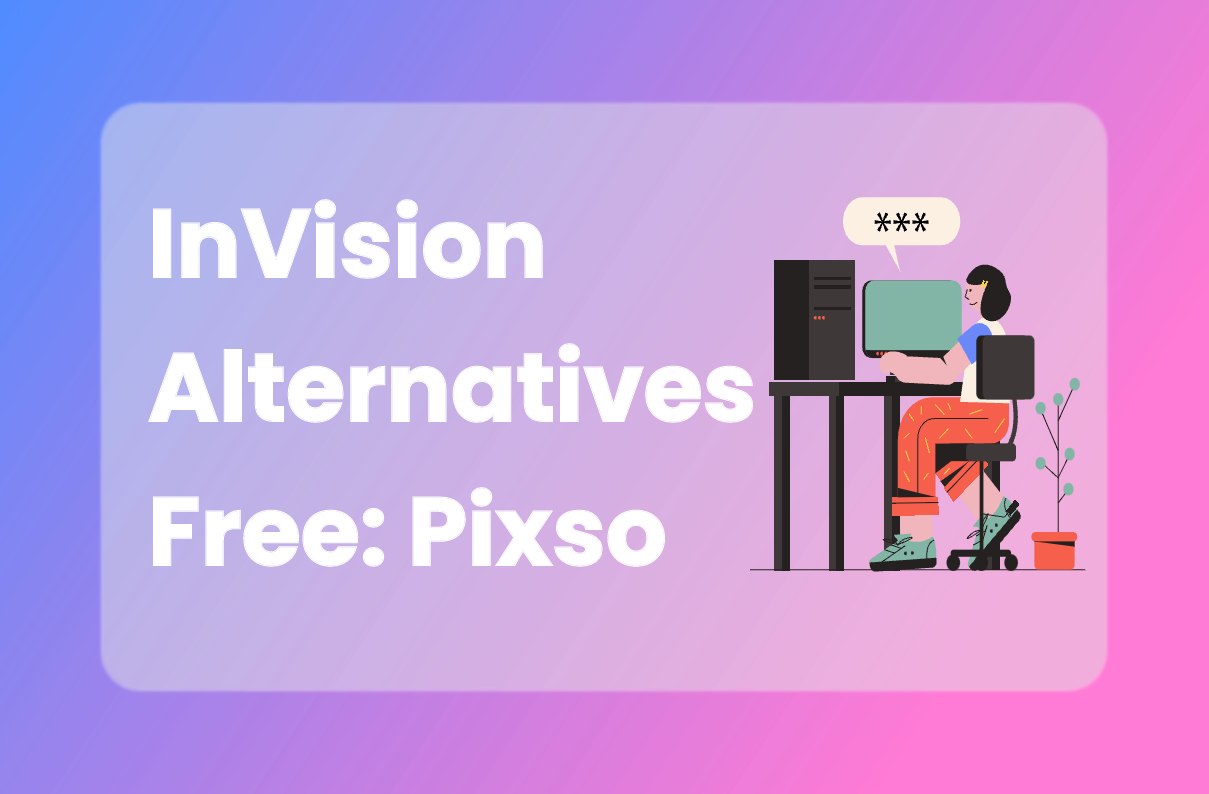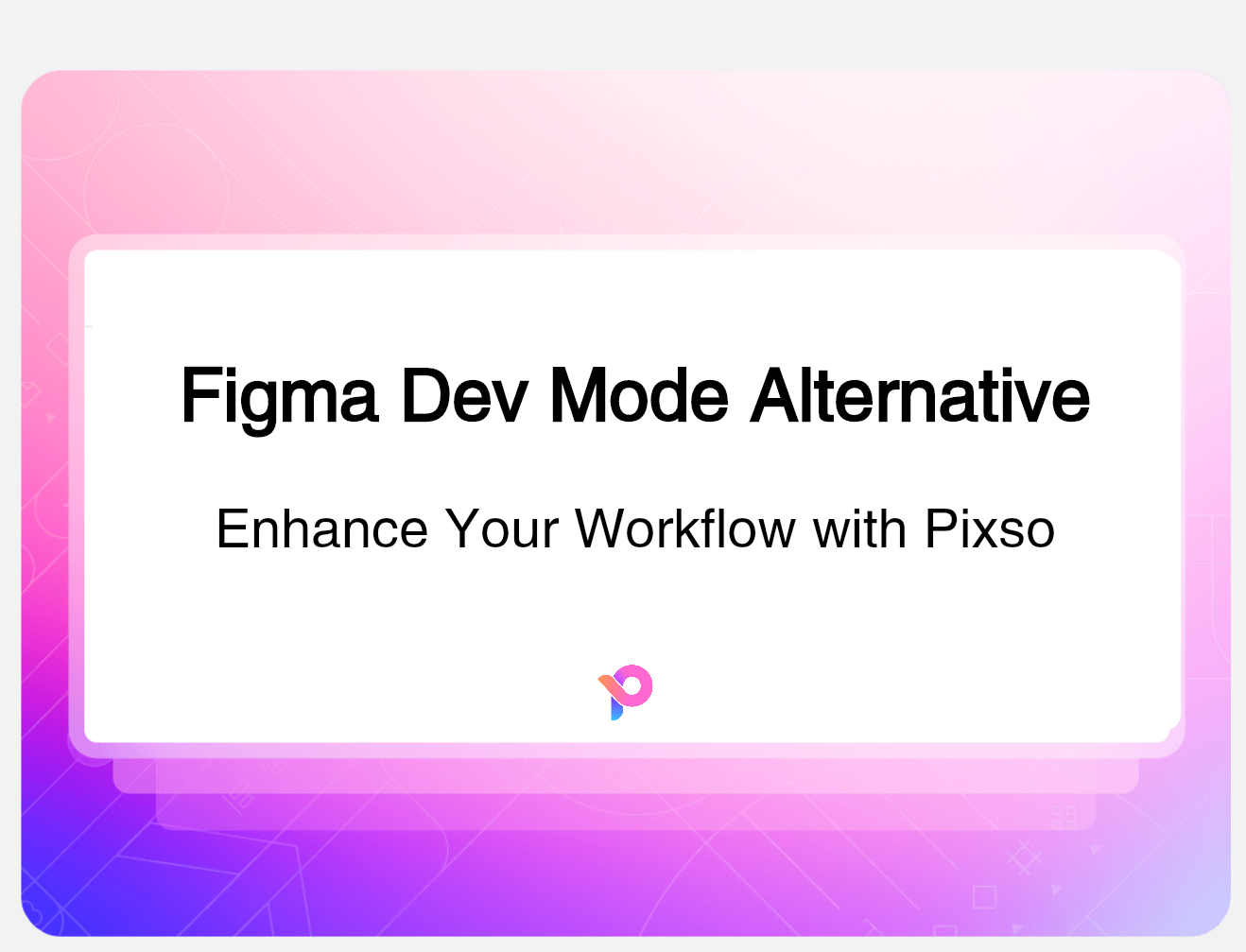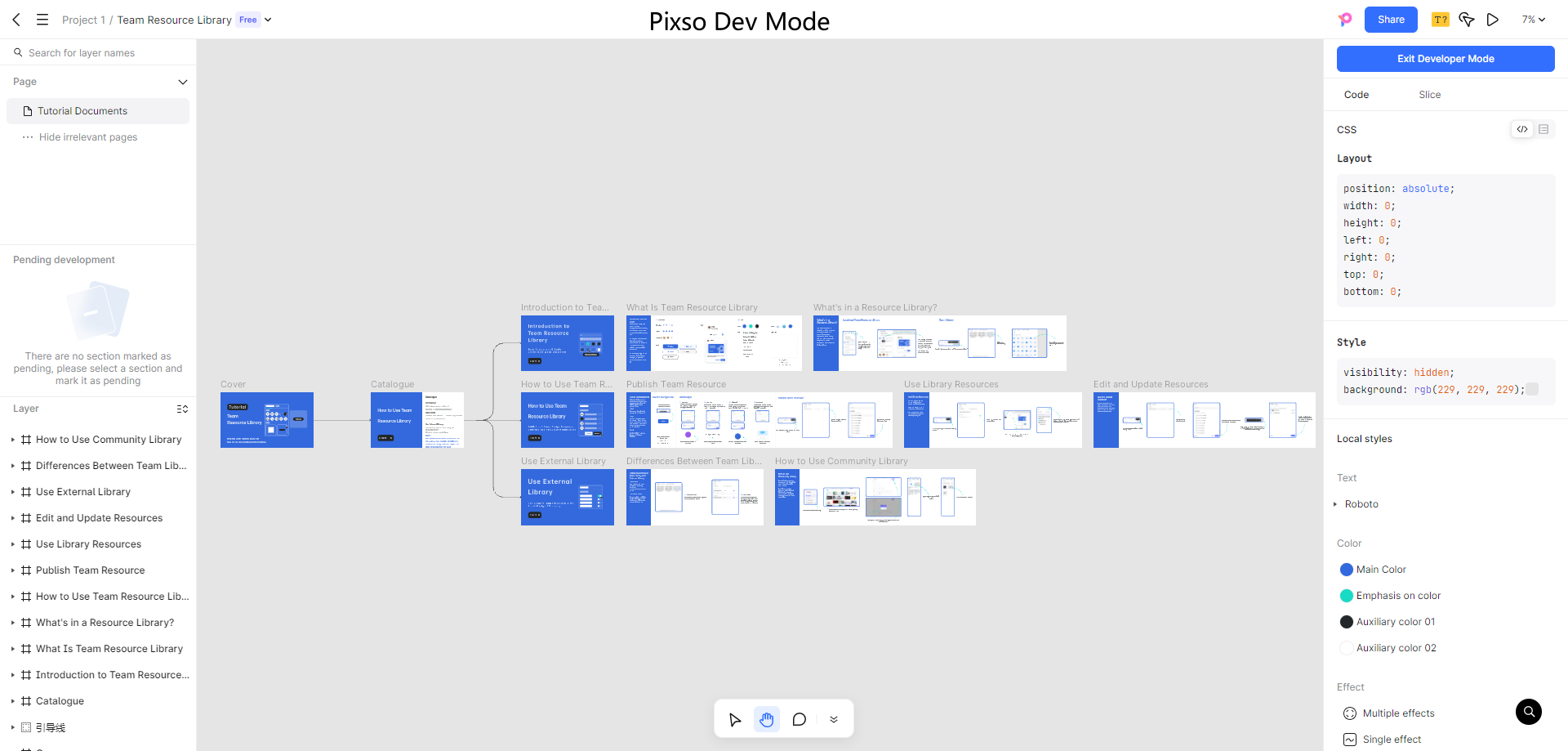In an increasingly competitive marketplace, businesses are constantly seeking ways to enhance customer experiences and streamline operations. One effective approach that has gained traction is service design. This methodology focuses on creating and optimizing services to meet customer needs and expectations. In this blog, we'll explore what service design entails, its benefits, the typical process, its guiding principles, and why it matters in today's world.
What is Service Design?
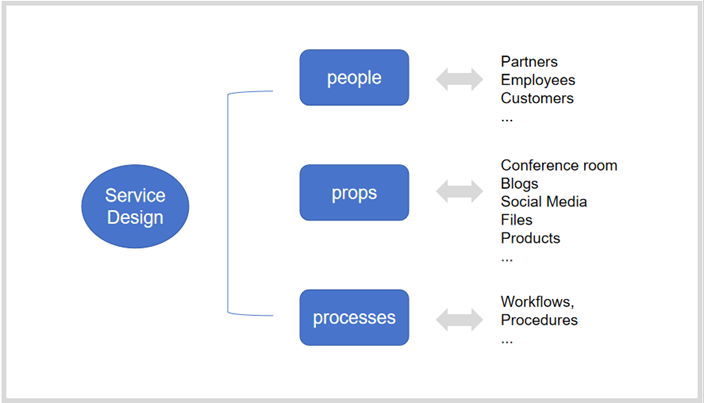
Service design is a multidisciplinary approach that involves planning and organizing a business's resources to improve the quality of its services. It encompasses everything from the customer's journey to the backend processes that support service delivery. The goal is to create seamless, user-friendly experiences that delight customers and drive business success. A service designer collaborates with various stakeholders to ensure that every aspect of the service is well thought out and aligned with user needs.
At its core, service design seeks to understand the needs of users by employing various tools and techniques, such as user research, journey mapping, and prototyping. By taking a holistic view of service delivery, businesses can identify pain points and opportunities for improvement, resulting in more effective and efficient services. This approach is essential when organizations look to design services that truly resonate with their users.
Benefits of Service Design
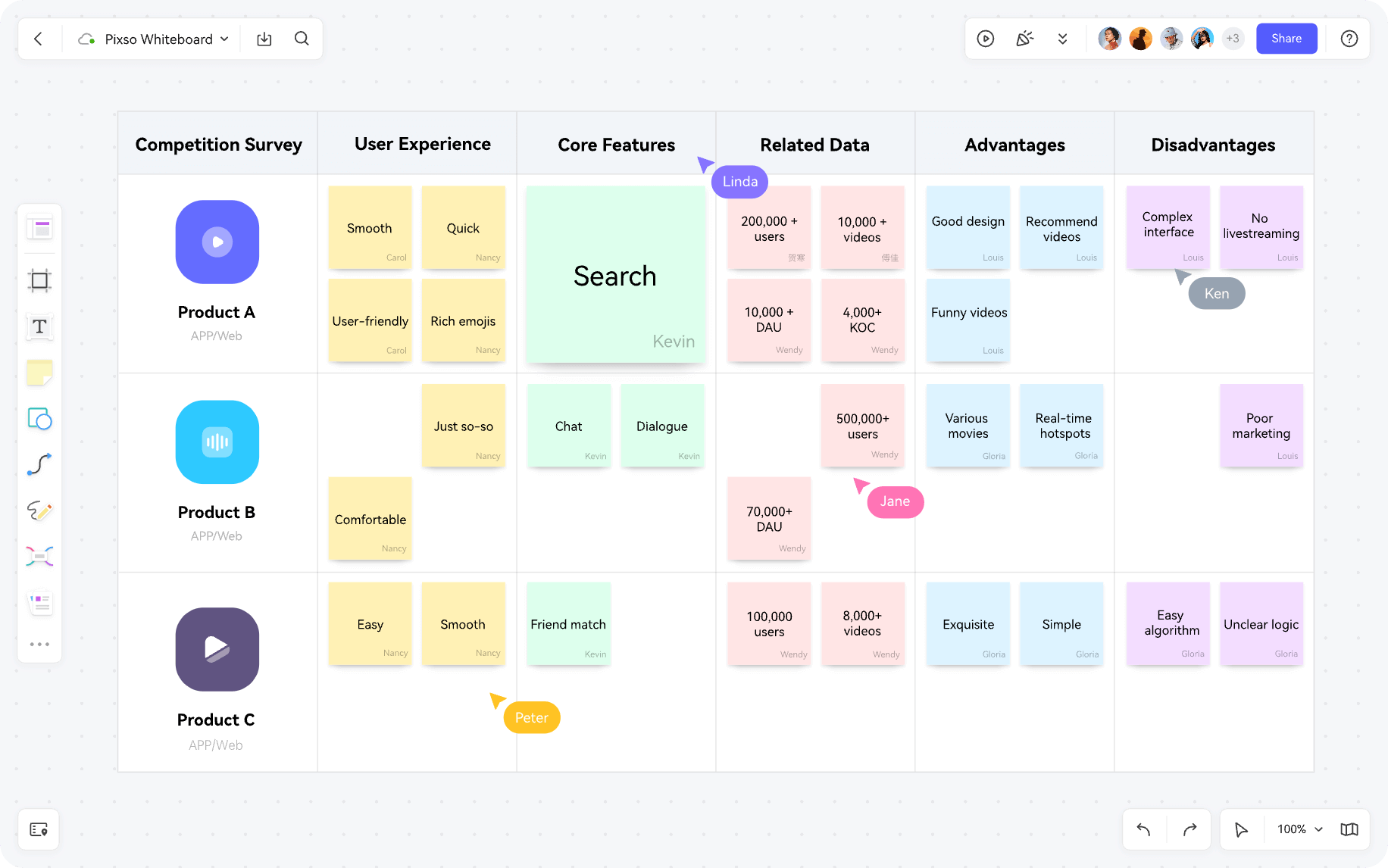
Implementing service design offers numerous advantages for organizations:
- Enhanced Customer Experience: Focusing on the user journey, it helps organizations create services that are more intuitive, enjoyable, and effective. This results in increased customer satisfaction and loyalty.
- Increased Efficiency: A well-designed service can streamline processes, reduce waste, and lower operational costs. By identifying and addressing inefficiencies, businesses can save time and resources.
- Better Alignment Across Teams: It fosters collaboration among different departments, ensuring that everyone is on the same page when it comes to service delivery. This alignment helps break down silos and encourages a unified approach to customer needs.
- Innovation: Encouraging a mindset of experimentation and iteration, it can lead to innovative solutions that set businesses apart from their competitors. Organizations can explore new ideas and adapt to changing market conditions.
- Informed Decision-Making: The data and insights gathered during the design process enable organizations to make informed decisions that are grounded in user needs and behaviors. This leads to more effective strategies and initiatives.
How Does the Service Design Process Work?
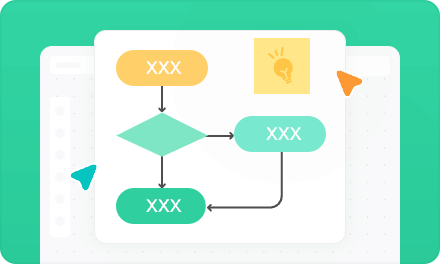
The service design process typically consists of several stages, each aimed at refining and enhancing service delivery:
- Research: This initial phase involves gathering data about users, their needs, and their experiences. Techniques such as interviews, surveys, and observational studies are used to gain insights that inform the design process.
- Define: Based on the research findings, teams define the key problems and opportunities that the service should address. This stage often involves creating personas and user journey maps to visualize customer interactions.
- Ideate: In this brainstorming phase, teams generate ideas for potential solutions. Using techniques like sketching, brainstorming sessions, and workshops, diverse perspectives are brought together to explore various concepts. With Pixso's intuitive interface and collaborative features, teams can even conduct virtual brainstorming sessions more effectively, sharing sketches and ideas in real-time, which helps in quickly visualizing and refining these concepts.
- Prototype: Once ideas are generated, teams create low-fidelity prototypes of the service. These prototypes can take the form of wireframes, storyboards, or even role-playing scenarios. The goal is to test concepts quickly and gather feedback.
- Test: Prototypes are tested with real users to identify areas for improvement. Feedback is gathered, and insights are used to refine the design. This iterative process continues until the service meets user needs effectively.
- Implement: After refining the design based on user feedback, the service is rolled out. This phase involves training staff, updating processes, and ensuring that all aspects of the service are aligned with the design.
- Evaluate: Finally, organizations assess the effectiveness of the service post-implementation. Metrics such as customer satisfaction, service usage, and operational efficiency are analyzed to determine success and inform future iterations.
Principles of Service Design
The effectiveness of service design is guided by several core principles:
- User-Centered: Always prioritize the needs and experiences of users. Understanding their perspectives is essential for creating effective services.
- Co-Creation: Involve stakeholders from different departments and backgrounds in the design process. Collaboration fosters diverse ideas and ensures that all perspectives are considered.
- Iterative: Embrace a mindset of experimentation. Testing and refining ideas through iterations leads to better outcomes and more innovative solutions.
- Holistic: Consider all touchpoints and interactions within the service ecosystem. A comprehensive approach ensures that no part of the user experience is overlooked.
- Visual: Use visual tools and artifacts to communicate ideas and concepts effectively. Visual representation aids understanding and helps stakeholders engage with the design process.
Final Thoughts
In a world where customer expectations are continually evolving, service design offers a powerful framework for organizations to enhance their service offerings. By prioritizing user needs, fostering collaboration, and embracing an iterative approach, businesses can create meaningful and effective services that resonate with their customers. Moreover, when organizations focus on how to design services that not only meet but exceed customer expectations, they position themselves for long-term success.
By leveraging Pixso, businesses can continuously adapt and innovate, ensuring they remain competitive and relevant in the ever-changing market landscape. The role of a service designer is vital in guiding this transformation, making them essential for any organization committed to delivering exceptional service. Pixso empowers these designers to effectively communicate and collaborate with teams, streamlining the design process and facilitating the realization of innovative service solutions. Sign up for a Pixso account today and experience firsthand how it can revolutionize your organization's design and service delivery processes!

